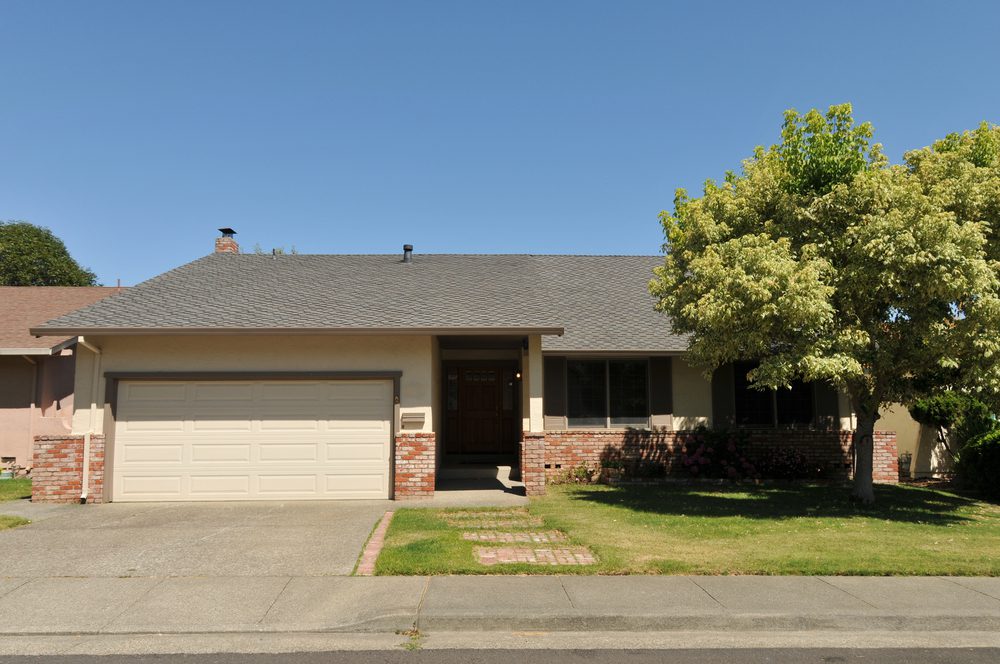Rent to own is often thought of as a solution for low-income earners who want to become homeowners, but it is also a viable option for middle-class Americans. With rising costs for healthcare, education, and housing, it is becoming increasingly difficult for middle-class families to save for a down payment for a traditional mortgage. In this article, we will examine why rent-to-own is a more accessible option for many middle-class families compared to an FHA loan.
Definition of Middle Class in America
America defines the middle class as individuals and families earning between $43,350 and $130,000. However, this range varies greatly based on factors such as family size and the cost of living in each location. In high-cost cities like California, Northern Virginia, Boston, and New York City, a six-figure salary may not qualify as high income.
5 Reasons Why Rent to Own is More Accessible Than FHA Loans for Middle-Class Families
FHA loans are considered affordable compared to other loan options, with a minimum down payment of 3.5%. However, for many middle-class families, this may still not be a feasible option. Here are five reasons why rent-to-own can be a more accessible option for the middle class:
1. No Down Payment Required
A rent-to-own arrangement typically requires no down payment. Instead, the higher rent payments you make will cover the down payment and some of the interest on the loan. This can be a more feasible option for middle-class families who may not have the extra funds for a down payment on a traditional mortgage.
2. Ability to Repair Credit
For individuals with a poor credit history or high credit card debt, it can be challenging to save for a down payment and qualify for an FHA loan. In a rent-to-own arrangement, you can take the time to repair your credit while paying higher rent, with a portion of the rent payments going towards the eventual down payment on the home. This option often favors individuals committed to homeownership over traditional renting.
3. Stability in One Location
For families with school-aged children, renting to own can provide stability in the same school district. In traditional rentals, landlords may sell the property in a hot market, causing frequent moves and potential relocation from desired school districts. With a rent-to-own arrangement, families can remain in one location, providing stability for their children’s education.
4. Flexibility for Remote Workers
For remote workers, renting to own can provide stability in one location, as well as the opportunity to engage in credit repair while renting. With a rent-to-own arrangement, remote workers can change jobs without having to move, and in the end, have equity in their homes.
5. Lower Monthly Payments
In a rent-to-own arrangement, monthly rent payments typically exceed those in traditional leasing agreements. However, a portion of these higher rent payments goes towards the eventual down payment on the home. Over the long term, this can result in lower monthly payments compared to a traditional mortgage, making it a more feasible option for many middle-class families.
Final Thoughts on 5 Advantages of Rent to Own for Middle-Class Americans
Rent to own often presents a more accessible option for many middle-class families than an FHA loan does. With no down payment required, the ability to repair credit, stability in one location, flexibility for remote workers, and lower monthly payments, rent-to-own can provide a path to homeownership for individuals and families who may not qualify for
a conventional mortgage. Rent to own can offer a unique solution for middle-class families and individuals who are facing financial strains and are looking for a path to homeownership. It provides the opportunity to build equity in a home, while also allowing for flexibility and stability in one’s living situation.




